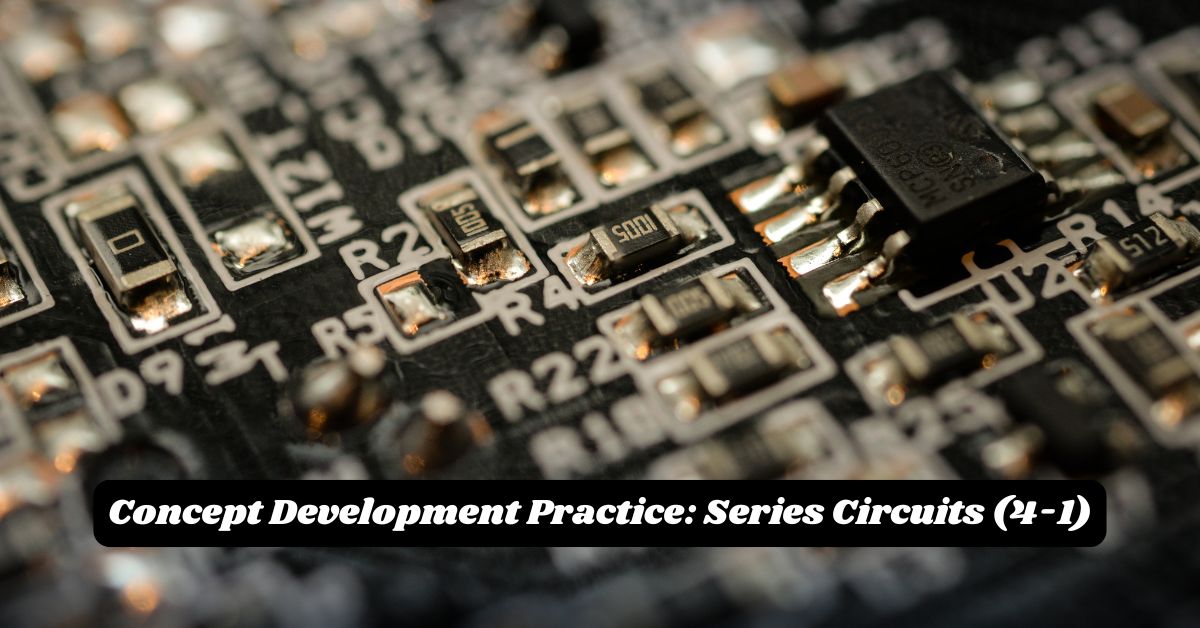Single Path for Current Flow
In a series circuit, there is only one path for the current to flow. This means that the current flows through each component sequentially. If any component is removed or fails, the entire circuit is broken, and no current will flow.
Current is the Same Throughout
In a series circuit, the current that flows through each component is identical. This is because the current has only one path to follow, so it remains constant across all components, regardless of their resistance.
Total Resistance Increases with Each Component
The total resistance in a series circuit is the sum of the individual resistances of all components. Adding more resistive components increases the overall resistance of the circuit. This, in turn, reduces the overall current according to Ohm’s law.
Voltage Divides Among Components
The total voltage across a series circuit is divided among the components according to their resistances. The voltage drop across each component is proportional to its resistance, and the sum of all voltage drops equals the total applied voltage.
Failure of One Component Affects the Entire Circuit
In a series circuit, if one component (such as a resistor, light bulb, or switch) fails or is disconnected, the entire circuit is interrupted. Since there is only one path for the current to flow, the failure of one part will stop the current from flowing through the rest of the circuit.
These characteristics define the behavior of a series circuit and help in understanding how electrical devices behave when arranged in series.




